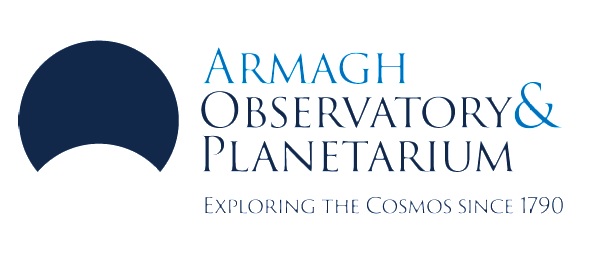
London, 23 March 2023.- Armagh Observatory and Planetarium announced their findings on how asteroid composition will help to further understand how asteroids form and how best to alter their trajectory. Their research has been studying the outcome of the Double-Asteroid Redirection Test (DART), a space mission conducted by NASA and ESA that hit the Didymos-Dimorphos double asteroid last year.
Astronomers at Armagh Observatory and Planetarium have recently published a paper outlining the findings of the research, conducted alongside an international group of peers. It describes how tests on the composition of the impacted asteroid will help to further understand how asteroids form and how best to alter their trajectory, should they pose a threat to Earth.
Published by the Astrophysical Journal, the paper titled ‘Optical spectropolarimetry of binary asteroid Didymos-Dimorphos before and after the DART impact’ is based on data gathered with the European Southern Observatory’s Very Large Telescope.
A method known as spectro-polarimery was used by Dr Stefano Bagnulo and PhD student Zuri Gray, both from the Armagh Observatory and Planetarium, to compare data taken before and after the impact. They found that the composition of the material excavated by the impact is different to the material on the surface of the asteroid.
One potential explanation for this difference is that the ejected material is made of smaller particles than those present on the surface of the asteroid. Alternatively, the observed difference could be a result of ‘space weathering’.
“Understanding the structure of asteroids is vital to planetary defence as it informs how to potential alter their trajectory,” says Zuri Gray. “The DART mission is an important step towards understanding how we can mitigate the risks of asteroid impacts and safeguard our planet.”
Over two thousand asteroids are officially classified as potentially hazardous, although astronomers have yet to identify any that will definitely hit Earth.





